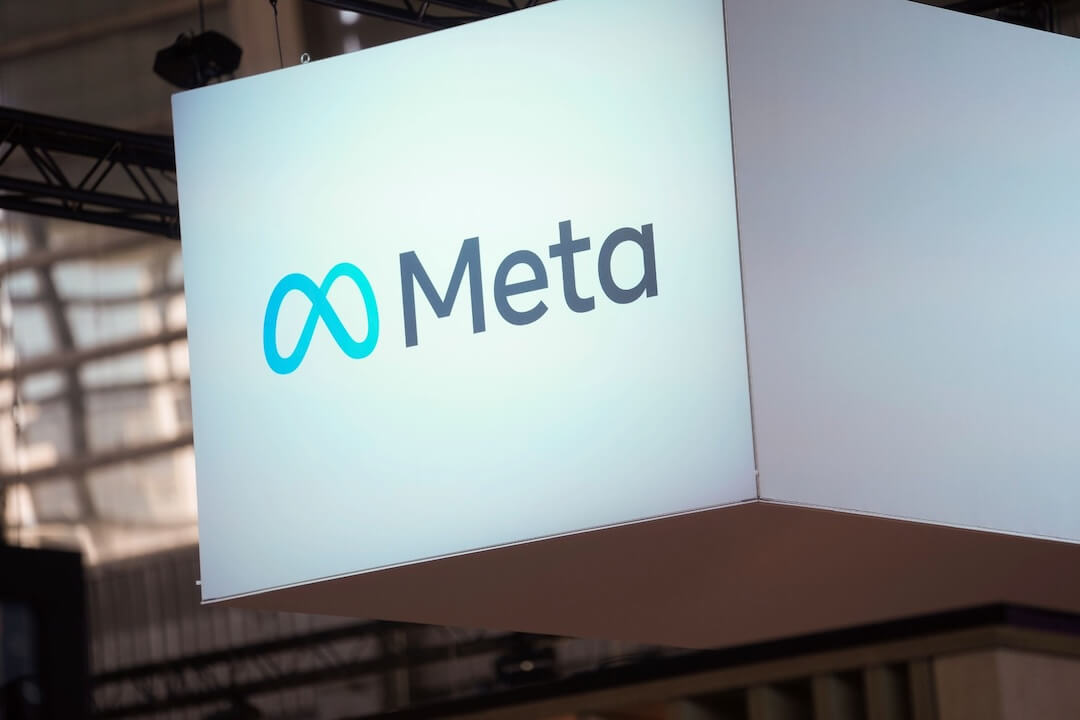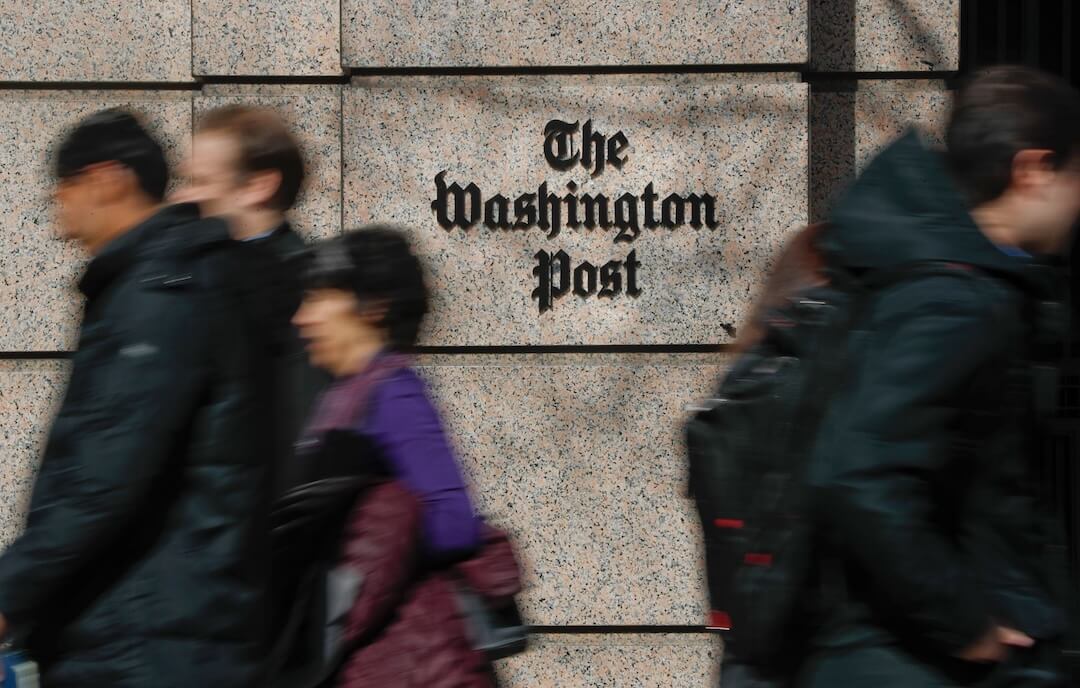At the beginning of his bestseller, “How Charts Lie,” Spanish journalist and designer Alberto Cairo says, “Many charts — tables, graphs, maps, diagrams — that we see everyday through TV, newspapers, social networks, textbooks, or advertising deceive us.” This week, however, it was President Jair Bolsonaro’s government that used infographics to manipulate Brazilians.
In an Oct. 19 ceremony organized by the Ministry of Science, the government showed a bluish graphic extracted from the famous stock image bank Shutterstock to “prove” the efficacy of a new drug called nitazoxanide that allegedly prevents COVID-19.
Had it not been for three Twitter users, Sam Pancher, Leonardo Lopes and And_Wolf, Brazil may have accepted that stock infographic as definitive proof of nitazoxanide’s success. After defending hydroxychloroquine for months, it seems like this antiparasitic drug is the new substance that the Brazilian government has put forward as its magic bullet to bring the current pandemic to an end.

The collaborative fact check done by the three Twitter users was published on social media minutes after the exhibition was over and it showed that Brazilians can no longer rely on official data when it comes to COVID-19. If a simple graph can be taken out of context, professional fact-checkers wondered what other data could be potentially manipulated like this?
When questioned about the misuse of the Shutterstock infographic and the evident attempt to deceive the population, the Ministry of Science chose to be arrogant. In a public statement, it said that the graphic was for illustrative purposes only — and avoided the much-needed apology for trying to manipulate Brazilians.
On social media, the astronaut and minister Marcos Pontes didn’t do much better. He published a series of tweets claiming that the effectiveness of nitazoxanide was “relevant news” and that “obviously the information (he shared) is based on numbers, statistical calculations, etc., content already in the possession of researchers.”
But, wait. If there are reliable numbers and definitive data within the ministry, why didn’t it use them to create a real infographic? If Pontes really sees the relevance of this scientific news, why didn’t he disclose full data, allowing society to analyze it, too?
From a fact-checkers’ point of view, this whole episode is not only an official mess but it also undermines the credibility of the government and casts a shadow on the country’s scientific research. Brazil doesn’t deserve this.
In his book, Cairo states that “politicians, marketers and advertisers throw numbers and charts at us with no expectation of our delving into them.” He clearly expresses how smart guys on duty rely on ingenuity and impunity to manipulate interpretations.
Lucky for Brazil that, on Monday, an attentive trio was willing to fact-check the material shown by a Ministry. Without Pancher, Lopes and Wolf, another piece of misinformation produced by Bolsonaro’s government would be in circulation.
* Read this article in Portuguese at Folha de S.Paulo.








Is it a problem that fact-checking organizations like the Washington Post Fact Checker and Poynter’s own PolitiFact build misleading graphs out of data contaminated by selection bias and decided using subjective rating scales (“Pinocchios” & “Truth-O-Meter”)?
Or no?